What is Starlink?
Of course! This is a succinct and straightforward synopsis of Starlink
🌐 What is Starlink?
Elon Musk established SpaceX, an aerospace business that constructed the Starlink satellite internet network. Providing high-speed, low-latency internet worldwide, particularly in isolated and underserved places, is its main objective.
How It Operates
A constellation of hundreds of tiny satellites in Low Earth Orbit (LEO), or around 550 kilometres (340 miles) above the planet, is used by Starlink. These satellites provide internet access by communication with user terminals (sometimes known as “dishes”) and base stations.
Crucial Elements
Coverage worldwide, including remote and challenging-to-reach places
25 Mbps to 250 Mbps download speeds (and sometimes greater)
Low latency, usually between 20 and 40 ms
requires a Starlink Kit, which comes with wires, a power source, a Wi-Fi router, and a satellite dish.
It is plug-and-play and operates by self-alignment.
Where You Can Find It
Starlink is growing and now operates in more than 70 countries. In places where standard broadband connections are scarce, it is particularly well-liked.
💵 Price as of 2025
Although prices vary by nation, generally speaking:
Hardware: between $499 and $599
Subscription Cost: $110–$120 per month
Plans for business and mobile/roaming are also offered.
The Reason It’s Important
contributes to bridging the digital divide
Applicable to mobile users (boats, RVs, military) and catastrophe areas.
A revolutionary approach to internet infrastructure in isolated locations
Are you interested in learning more about:
What is the difference between regular internet and Starlink?
What is the underlying technology?
Is it accessible in your nation or area?
Possible drawbacks?
Fantastic! Given that you said “yes,” I’ll go into further depth on a few key features of Starlink, and you can let me know which ones most interest you (or if you want specifics on all).
1. Traditional Internet vs. Starlink
FeatureStarlink: Fiber/DSL Traditional Broadband
Global coverage, even in remote locations restricted to areas with cables
Speed: 25–250 Mbps or more, according to various sources Fibre: 500 Mbps to 1 Gbps or more
20–40 ms latency (low for satellite) 5–20 ms via fibre
Setting up Self-configured (router + dish) Expertly configured or connected
Mobility Portable (suitable for boats, RVs, etc.) Affixed to the house or workplace
Downtime The weather might have an impact on it. In most cases, it is more stable.
✅ If you travel or reside in a rural area, Starlink is fantastic.
❌ If you have access, fibre is still more reliable and quicker.
2. The Technology Underpinning Starlink
Low Earth Orbit (LEO) satellites: Starlink employs satellites ~550 km up for reduced latency, as opposed to the traditional satellite internet (~36,000 km up).
Phased Array Antennas: Without the need for motors, the dish may electronically navigate itself to locate the ideal satellite.
Laser connections: To eliminate the requirement for ground stations, more recent Starlink satellites interact with one another using intersatellite laser connections.
🌐 3. Availability of Starlink
throughout addition to areas of Africa, Asia, and South America, Starlink is accessible throughout the majority of North America, Europe, and Australia.
There are still certain areas (such as portions of Africa, Pakistan, or India) that need regulatory permission.
Can I find out whether Starlink is available in your location or country?
4. Restrictions and Drawbacks
Cost: Some individuals may find it to be pricey.
Weather Sensitivity: Signal quality may be lowered by intense rain or snow.
Obstruction: The dish requires an unobstructed view of the sky; trees or buildings may obscure the signal.
Data Caps: Following periods of excessive consumption, some plans may limit speeds.
Tell me the section you wish to explore more, or provide your nation or city if you would want me to look for availability where you are!
Share this content:



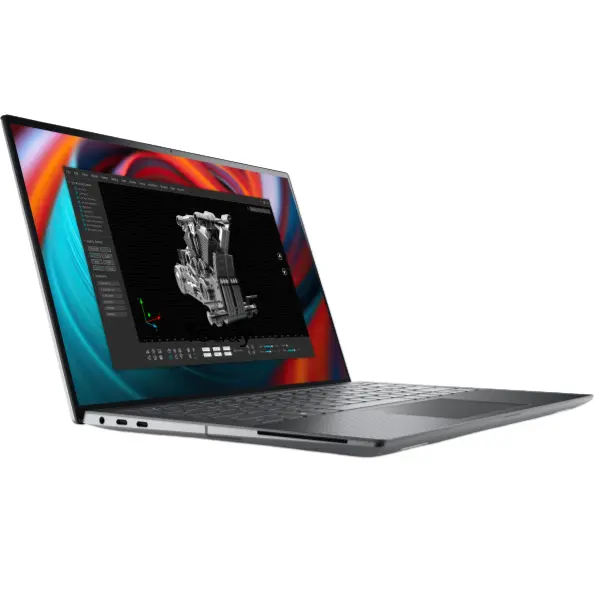


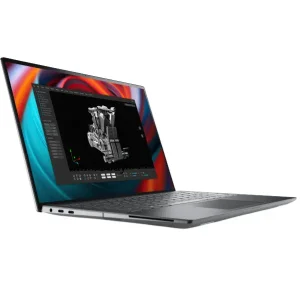
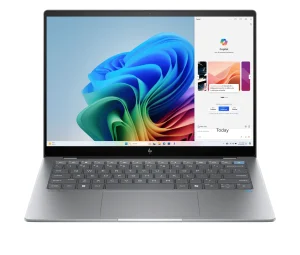


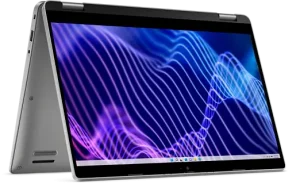
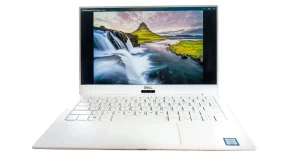
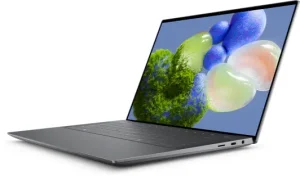

1 comment